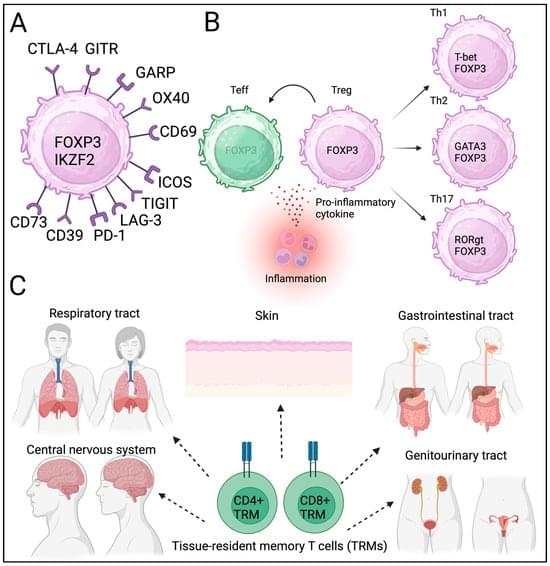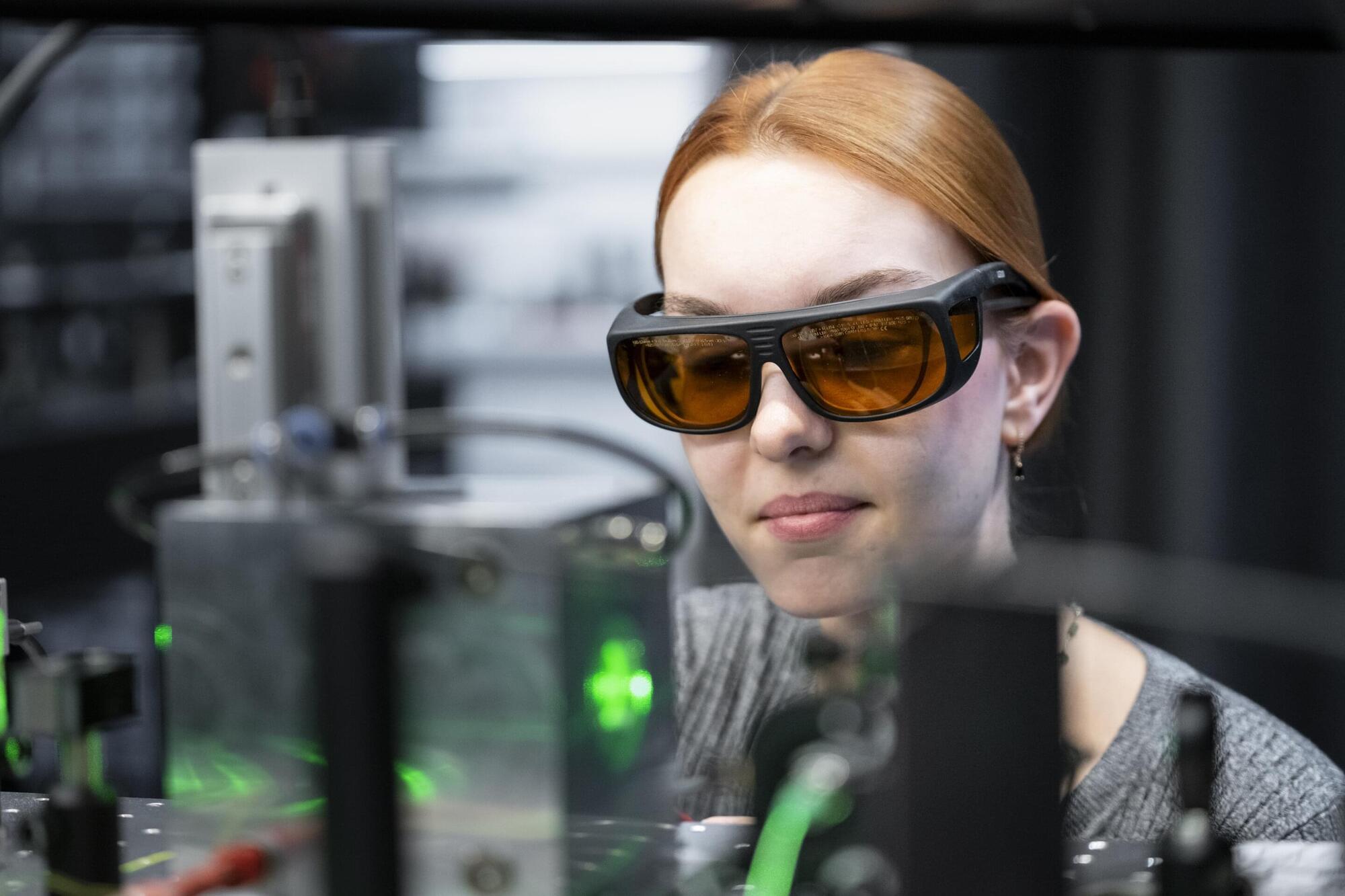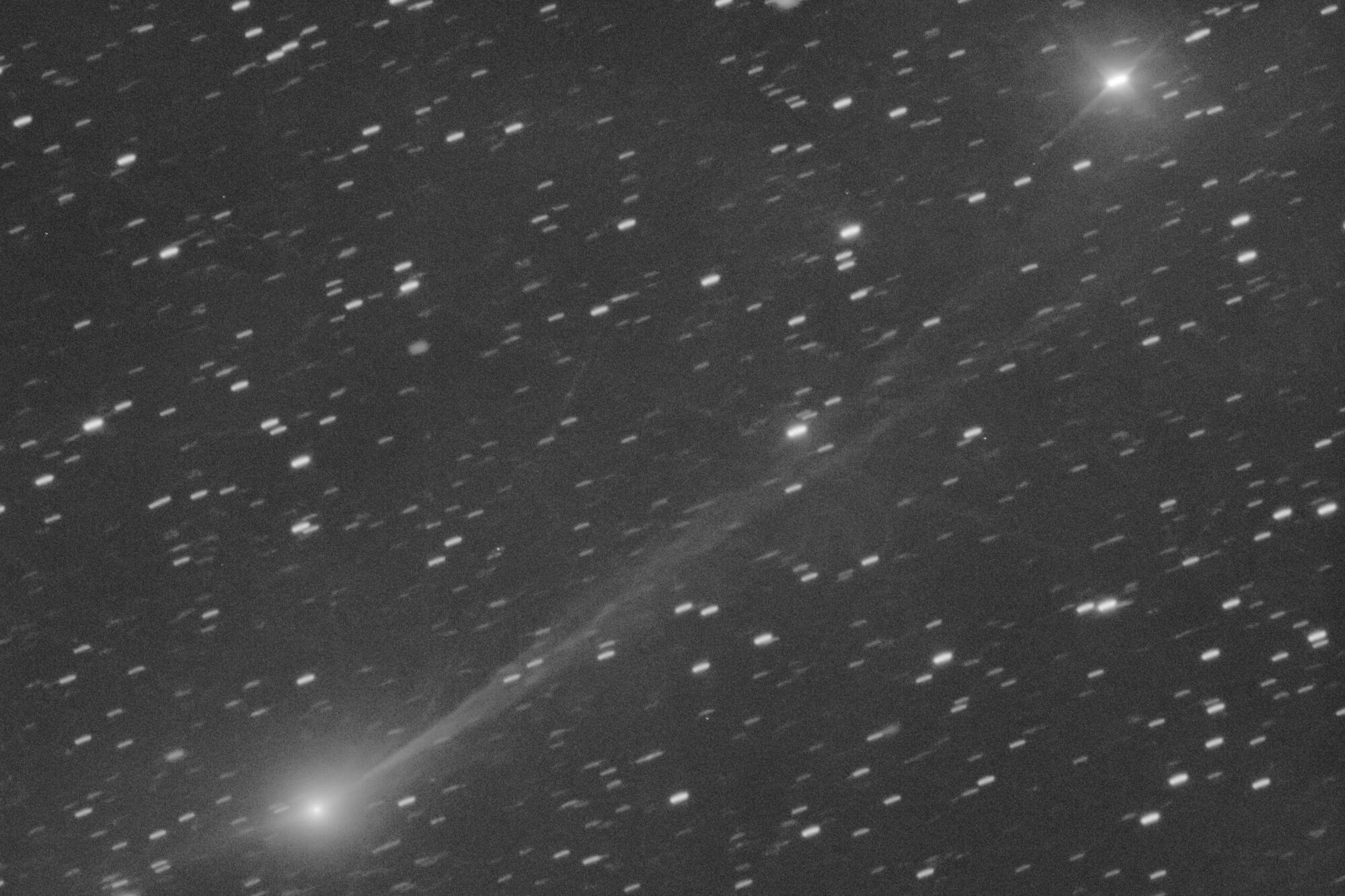The tumor microenvironment (TME) is a unique ecosystem that surrounds tumor tissues. The TME is composed of extracellular matrix, immune cells, blood vessels, stromal cells, and fibroblasts. These environments enhance cancer development, progression, and metastasis. Recent success in immune checkpoint blockade also supports the importance of the TME and immune cells residing in the tumor niche. Although the TME can be identified in almost all cancer types, the role of the TME may not be similar among different cancer types. Regulatory T cells (Tregs) play a pivotal role in immune homeostasis and are frequently found in the TME. Owing to their suppressive function, Tregs are often considered unfavorable factors that allow the immune escape of cancer cells.









